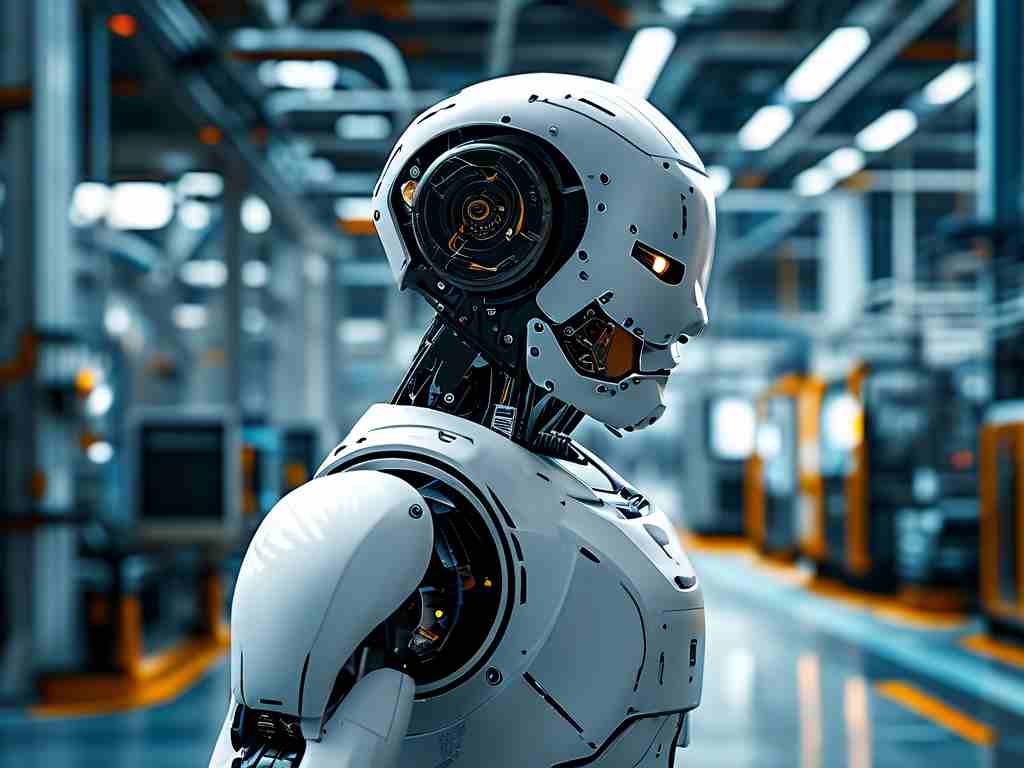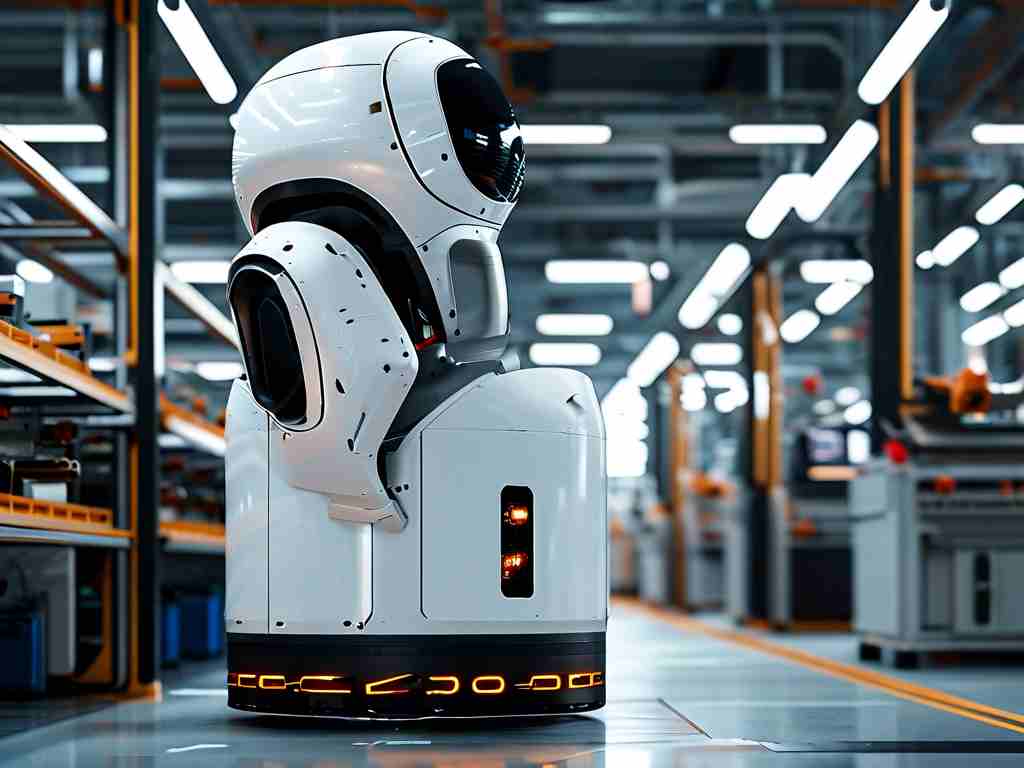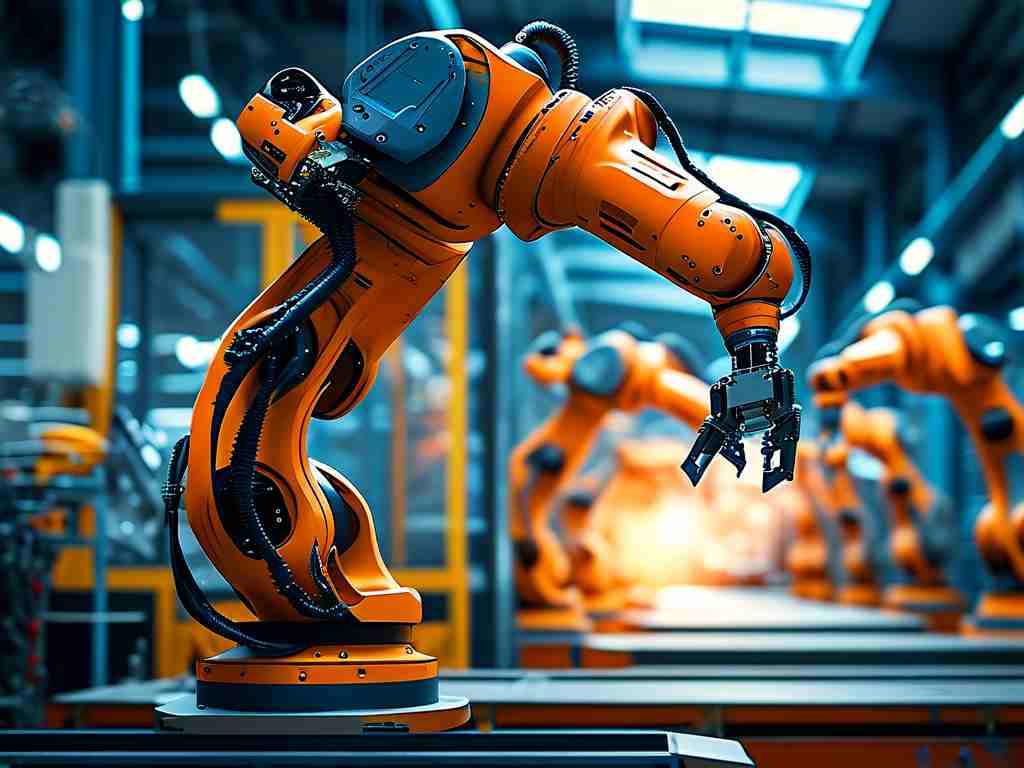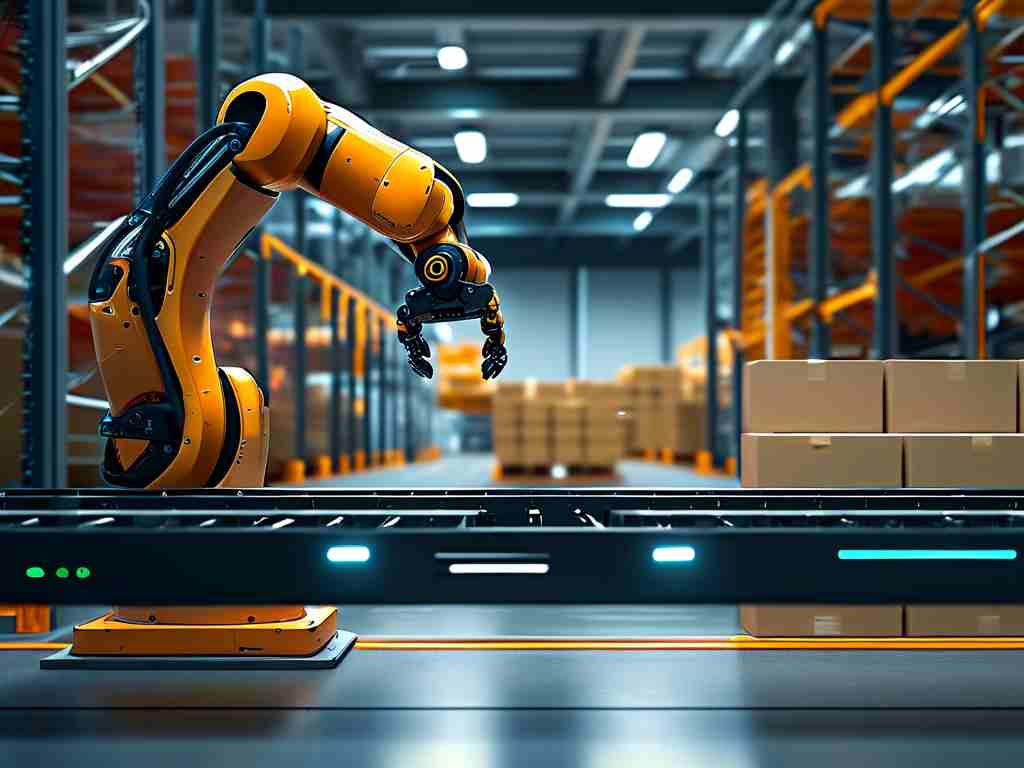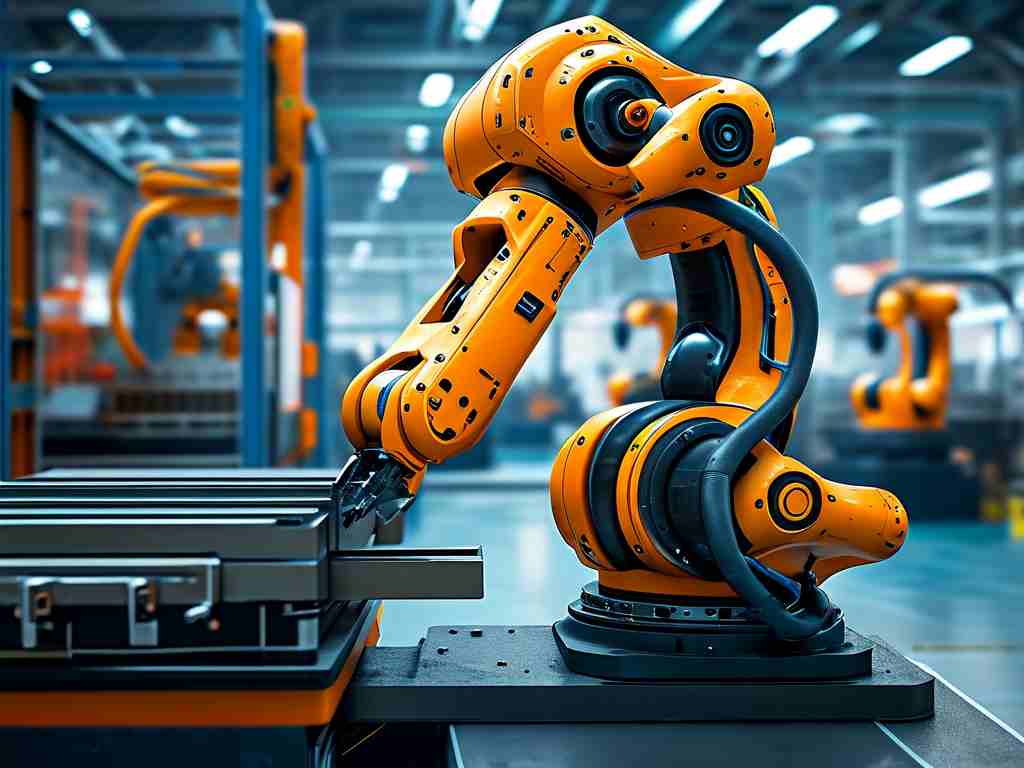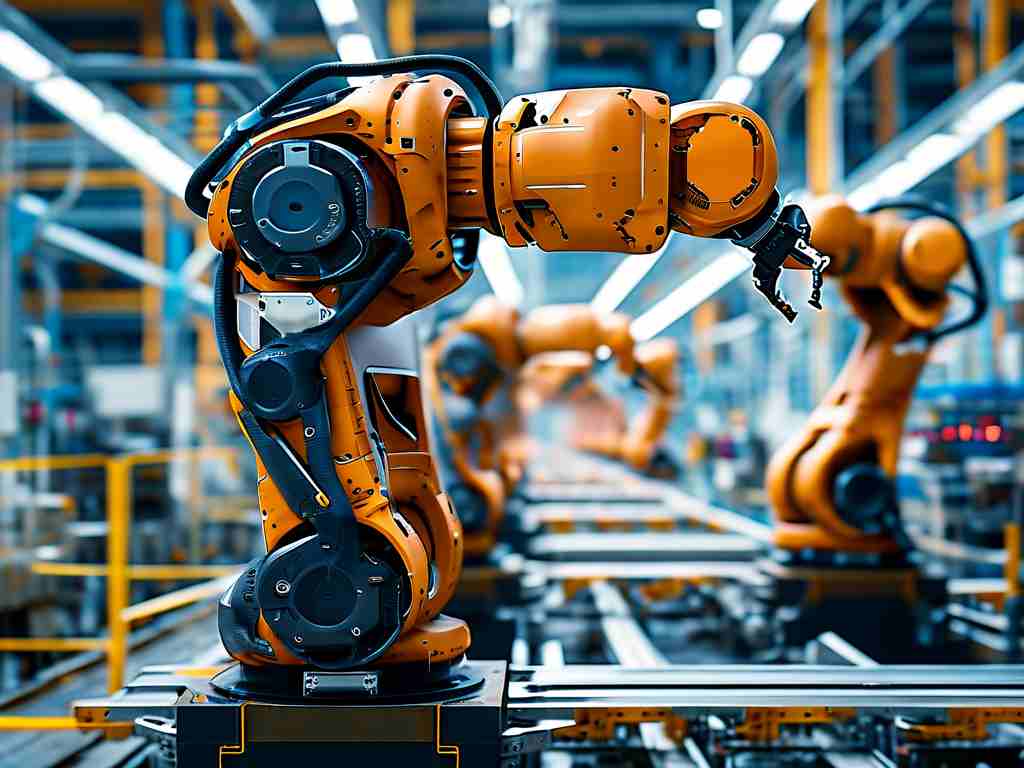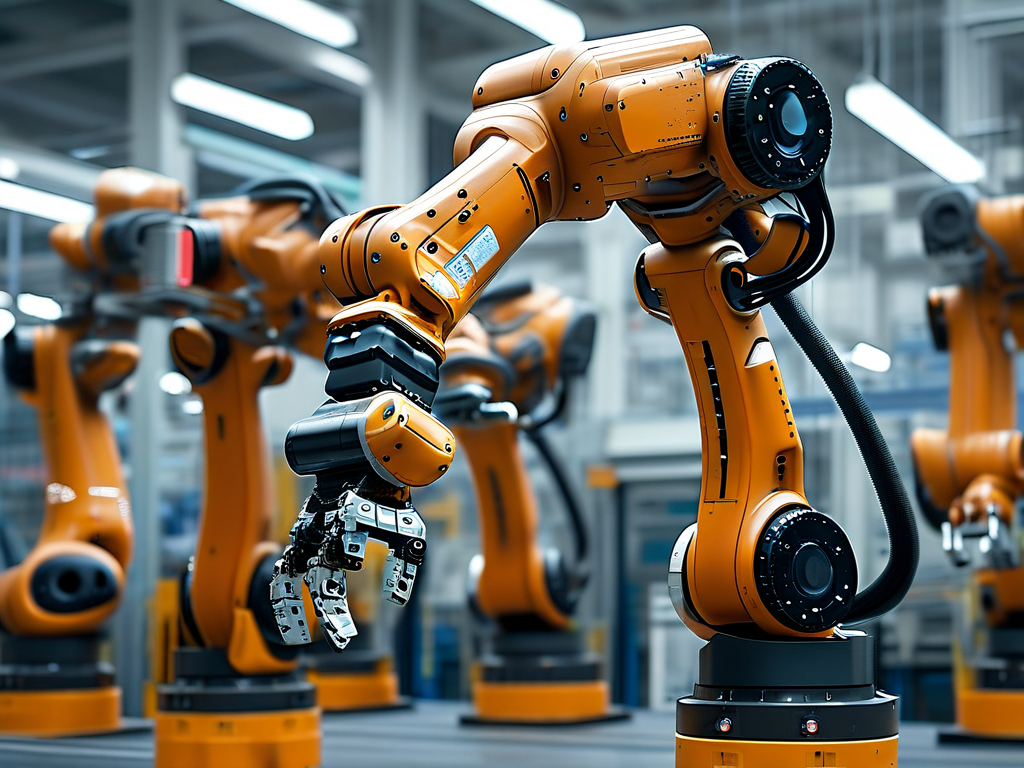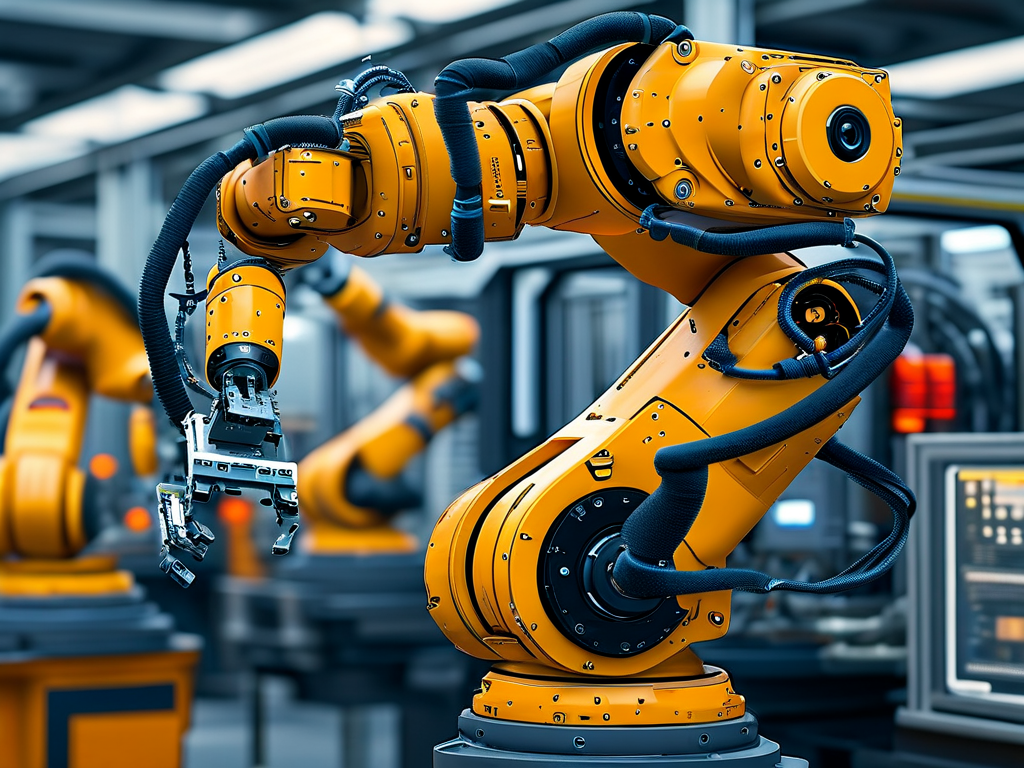The integration of robotics into die casting processes has revolutionized metalworking industries, combining precision engineering with automated efficiency. This article explores the technical foundations, operational advantages, and industrial implementations of robotic die casting systems while addressing common challenges in their deployment.
Technical Framework
Modern robotic die casting systems employ six-axis articulated robots equipped with specialized end-effectors for handling molten metals. These systems integrate real-time thermal sensors (measuring up to ±1.5°C accuracy) and pressure monitoring devices capable of detecting variations below 0.5 MPa. Advanced vision systems using 4K-resolution cameras enable micron-level positioning accuracy during mold alignment, critical for producing components like engine blocks with tolerances under 20μm.
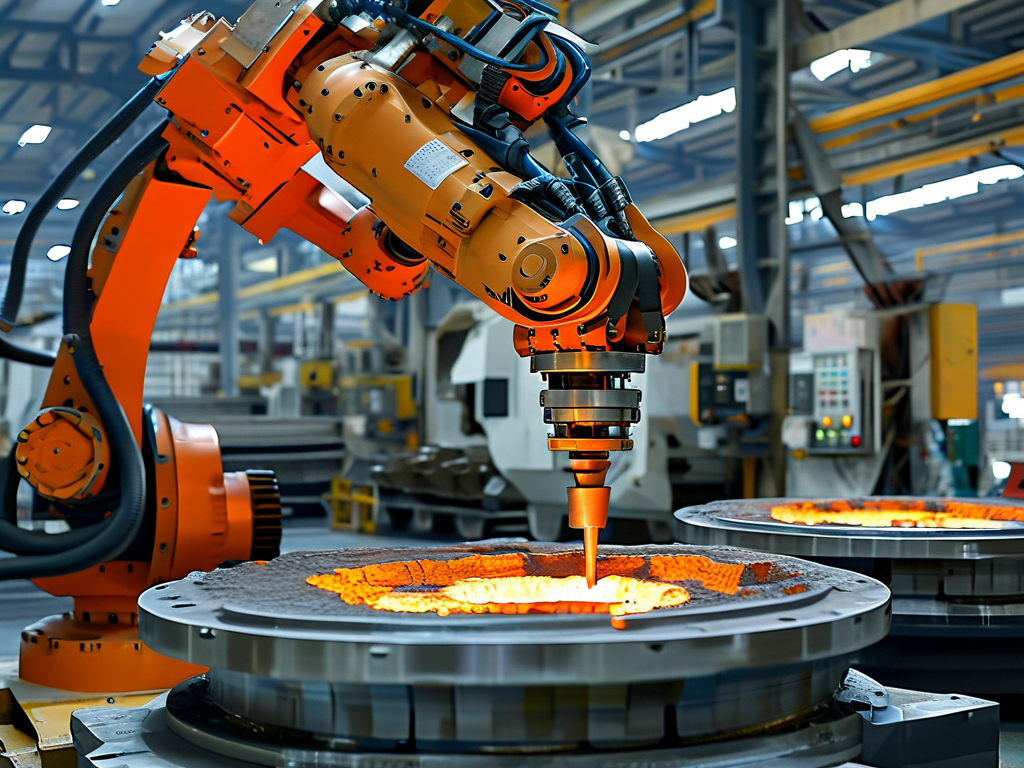
Operational Workflow
A typical cycle begins with automated ladling of aluminum alloys (commonly ADC12 or A380) heated to 660-700°C. Collaborative robots (cobots) then transport molten metal to high-pressure die casting machines operating at 50-100 MPa injection pressure. Post-casting, secondary robots perform trimming operations using hydraulic shears exerting up to 25 kN force, followed by CNC-equipped robotic arms conducting precision machining. This end-to-end automation reduces human intervention by 85% compared to traditional methods.
Industrial Applications
- Automotive: Tesla's Giga Press systems utilize 8,000-ton clamping force robots to produce single-piece underbody chassis, reducing part counts by 70%
- Electronics: Apple's suppliers deploy micro-die casting bots for aluminum alloy smartphone frames with 0.2mm wall thickness
- Aerospace: Lockheed Martin employs vacuum-assisted robotic casting for turbine blades with 99.992% density
Economic Impact
Adopters report 40-60% reduction in production defects and 30% faster cycle times. BMW's Leipzig plant achieved 18-month ROI after implementing KUKA KR 1000 Titan systems, while Foxconn reduced energy consumption by 22% through optimized thermal management in robotic cells.
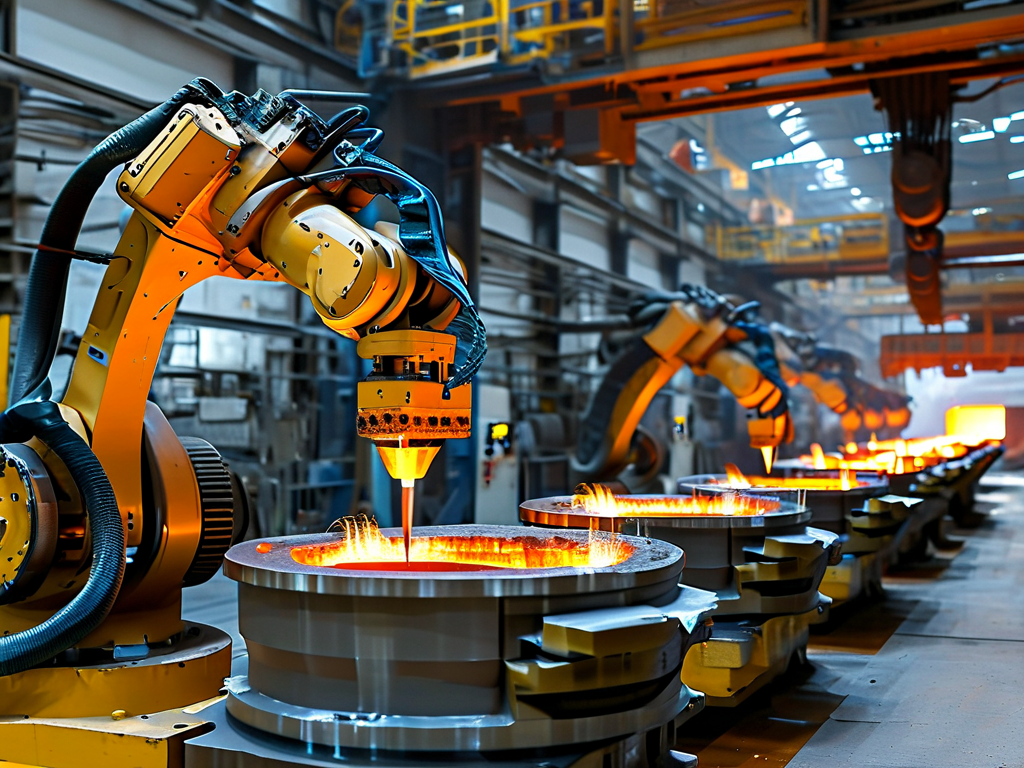
Technical Challenges
Material science remains a critical hurdle – zinc alloys require different cooling protocols than magnesium-based compounds. Recent advancements include:
- AI-powered solidification prediction algorithms (error margin <3%)
- Self-lubricating ceramic coatings for molds (extends lifespan by 400%)
- Hybrid systems combining additive manufacturing for mold repairs
Environmental Considerations
Modern installations feature closed-loop recycling of excess molten metal, achieving 98% material utilization. Volvo's emission-controlled robotic cells reduced VOC output by 65% through integrated fume extraction systems.
Future Directions
The next evolutionary phase involves quantum computing-optimized casting parameters and self-calibrating robots using digital twin technology. Preliminary tests by General Motors show potential for 15% energy savings through AI-driven pressure modulation.
Implementation Guidelines
Successful deployment requires:
- Minimum 50kW power supply per robotic cell
- Vibration-damped flooring (ISO 10816-3 compliance)
- Specialized training in ROS (Robot Operating System) programming
- Preventive maintenance schedules every 400 operating hours
As industries confront demands for lighter, stronger components, robotic die casting stands as a cornerstone technology in smart manufacturing. Its continued evolution promises to reshape production paradigms across sectors from consumer electronics to renewable energy infrastructure.


